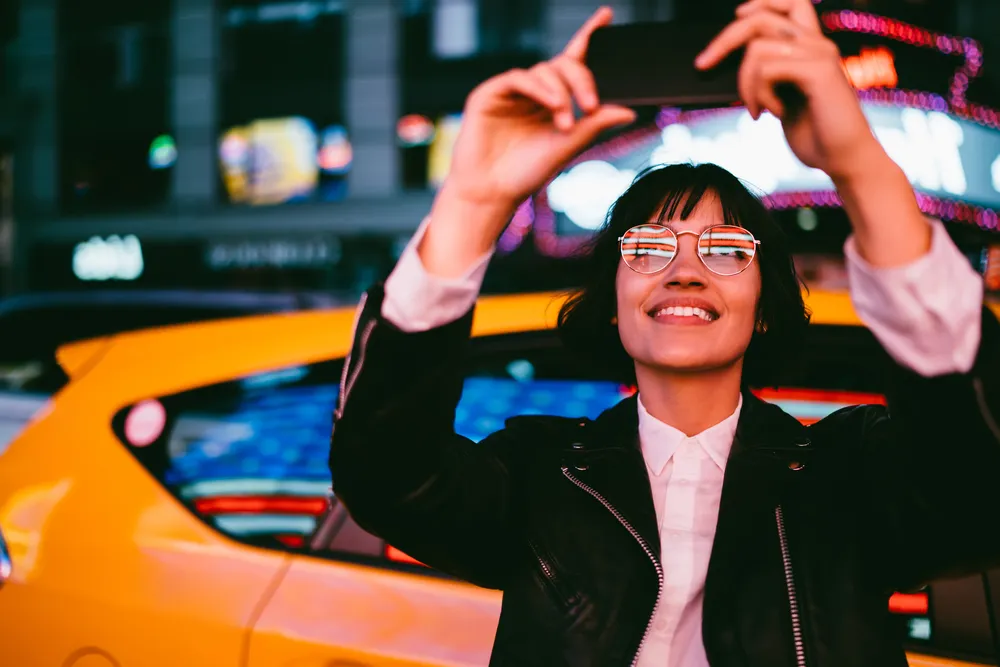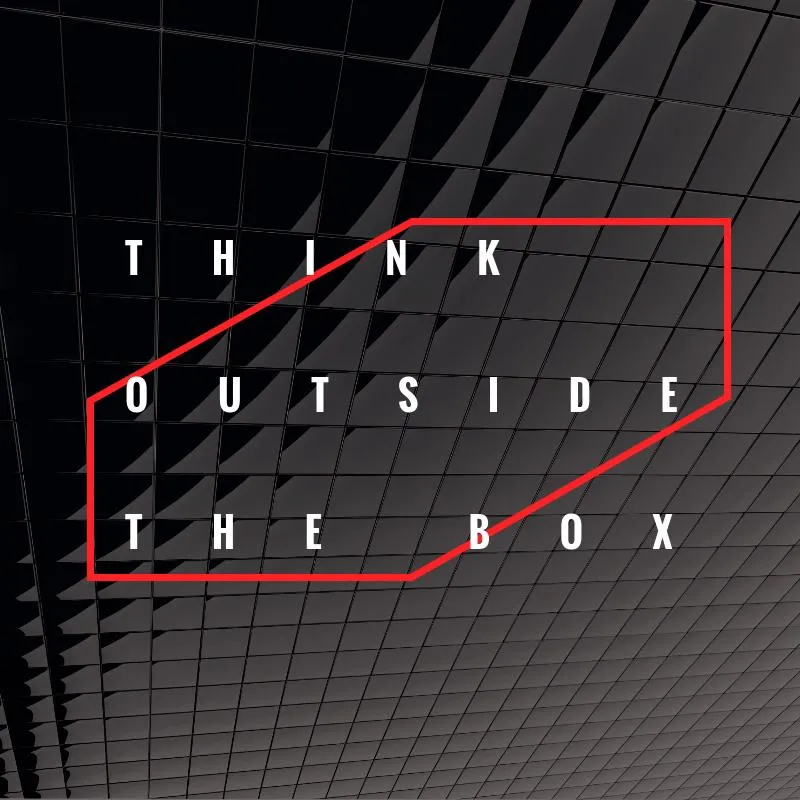How to Use Photography to Influence Consumer Behavior
Entrepreneurs opt for social media presence and communicate their messages using visuals in order to appeal to their target audience and improve reach. Marketers use photographs as an efficient communication tool and to generate more sales. Meanwhile, social media managers make platforms such as Instagram, Pinterest, and Facebook predominantly visual in order to elevate audience engagement and involvement.
Never underestimate the power of visuals. You can create a brand, tell a story, establish credibility and engage with your customers through photography. Moreover, you appeal to the majority of people at once as 65% are visual learners. Why not use this to your advantage?
In this article, we share insights on how to influence consumer behavior through photography if you want to create a positive image of a brand, expand the audience, and increase sales.
Invest in high-quality visuals
Imagine, you need to buy a new coat. The weather is awful and the shopping centre is quite far. You did not plan to get out from home this weekend and what for? You can find everything you need online.
You go to two different online shops and eventually find the kind of coat you’ve been looking for. The first website has three photos of a piece on a white background, a long description, and a couple of reviews from happy clients. The second one has brief and basic information on fabric composition and size. However, it features a dozen of photos and videos of a model wearing the coat.
You’ll probably choose a coat from the second shop, even if it is more expensive. The reasons for that are explained in the CrowdRiff infographic. According to it, people who shop on their phones find photos to be the key feature. 63% of consumers say that images are more important than product descriptions, while 53% believe that visuals are more significant than ratings or reviews.
This is primarily because visuals influence emotions. Phillip Adcock, a commercial psychologist, cites George Miller and says that emotional reactions are 3,000 times quicker than rational thought. Shoppers, when evaluating brands or marking decisions primarily refer to personal feelings instead of facts. What’s even more interesting, if positive, emotions have a significant impact on consumer loyalty.
Visuals noticeably influence consumer behavior based on research. Depending on the quality of photographs, customers decide whether they are going to buy a product or not. Accordingly, if you want your website to be profitable, you primarily need to invest in visuals which are the main selling factor. How else would you appeal to the masses about how amazing your product is?
Embed information in detailed photos
You can also influence customer behavior by embedding in the images concise information to further help them with purchasing decisions. A prominent example is how easy it is to find out more about a product with Instagram shopping. More details about your product can easily sway someone to make a purchase, or help them compare your product to another one based on the perks.
It’s also considered good practice to have the option to zoom in on products and see them from different perspectives without losing quality. For instance, research conducted by the Pacific Asia Conference on Information Systems has found that showing a large product in detail makes it easier for a customer to inspect a product, appreciate it, and decide on the purchase.
From a psychological point of view, it may be interpreted that if a brand shares a large and detailed photo of a product, it has nothing to hide from customers. The quality, color, and other features will eventually comply with what was depicted on the image. Such an approach allows to not only positively relate to a purchase intent but also establish credibility in the eyes of a customer.
Be picky about color solutions
A consumer who prefers offline shopping has a long decision-making process because of the many factors involved. They can touch a fabric, try a piece on or even ask a consultant to help with a choice. Meanwhile, for those who do online shopping, website design and images are the only way to get information about a brand or a product.
The aesthetics of both a website and a product image is a crucial factor of customer satisfaction. They allow to establish a decent first impression and give clients a chance to learn something about your brand. If imagery on the website resonates with clients’ mood, you’ll have a chance to win over your clients and make them loyal to your brand.
The key feature of consistent aesthetics is color. Of course, different colors lead to different emotional perceptions but in general, colors account for 85% of the reason why someone decides to purchase a product.
The study has shown that, for example, green is associated with nature. It incites positive emotions such as relaxation and calmness. Blue is also a positive color that elicits the feeling of comfort and peace. Red is considered to be the color of dominance, while yellow and orange are often referred to like the colors of happiness.
Paying special attention to color choices when designing a website, doing a photoshoot or any other product-related activity is extremely important if you want the commercial side of your project to be successful. Every hue you select matters, as does the overall aesthetic of your pages online.
Make your social media visual
Taking into consideration the importance of communication through visuals, your social media should also be less textual.
The Manifest findings have revealed some interesting statistics. It turns out that 74% of consumers follow brands on social media, and 96% of these consumers interact on social media with the brands they follow. Most importantly, clients tend to trust what they see on social media, and as a result, 67% make a purchase after seeing an ad on social media.
In addition to commonly used Facebook and Instagram, Pinterest can also be used to achieve business goals. 88% of consumers have purchased something they’ve pinned and 46% say their purchasing decisions are influenced by Pinterest photos, according to Crowdriff visual marketing statistics.
All this data brings us back to the statements on why it is important to embed information in visuals. If that many people make a purchase after seeing an ad or a post on social media, the images you share on Instagram, Facebook, or Pinterest have to be of good quality but also accurately align with your brand values and aesthetics.
Engage and involve with your audience
If you’re wondering what else influences consumer behavior, here’s the answer: engagement with a brand.
A lot of brands being present only online are often accused of lacking social presence and one of the ways to change it is to include photos and messages with a human touch The study by the Pacific Asia Conference on Information Systems suggests using models to advertise any kind of products because it improves image appeal and makes a website look more trustworthy.
This approach is also connected to the use of buyer personas in marketing. When you have studied the needs and pain points of your audience, have profoundly researched their demographics and psychographics, it is easy for you to target a particular group of people and be sure your message will reach them. Moreover, if you include a model in your product ad or illustration, your customers may associate themselves with the model and will be more likely to buy your product.
Using photographs as a communication tool is a solid strategy. At first, you’ll be gradually making your e-commerce project appealing and ‘soulful’ by investing in the quality of visuals. Once you establish a social media presence, you’ll be able to grow your audience with excellent visuals and engagement. With time and consistency, you’ll see that all your efforts are paying off with improved growing sales, a large number of loyal customers and added credibility to your brand.














